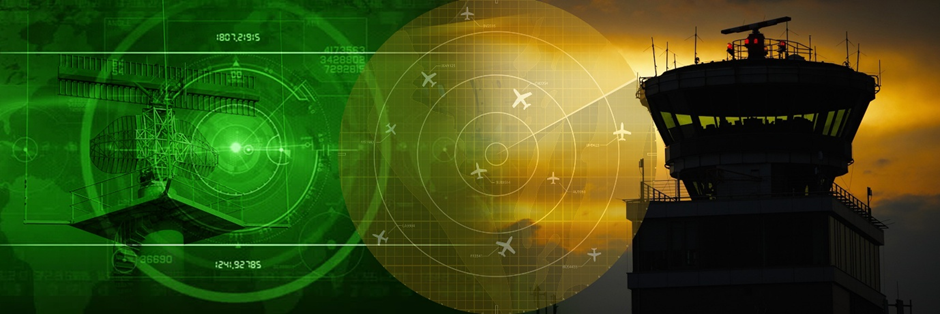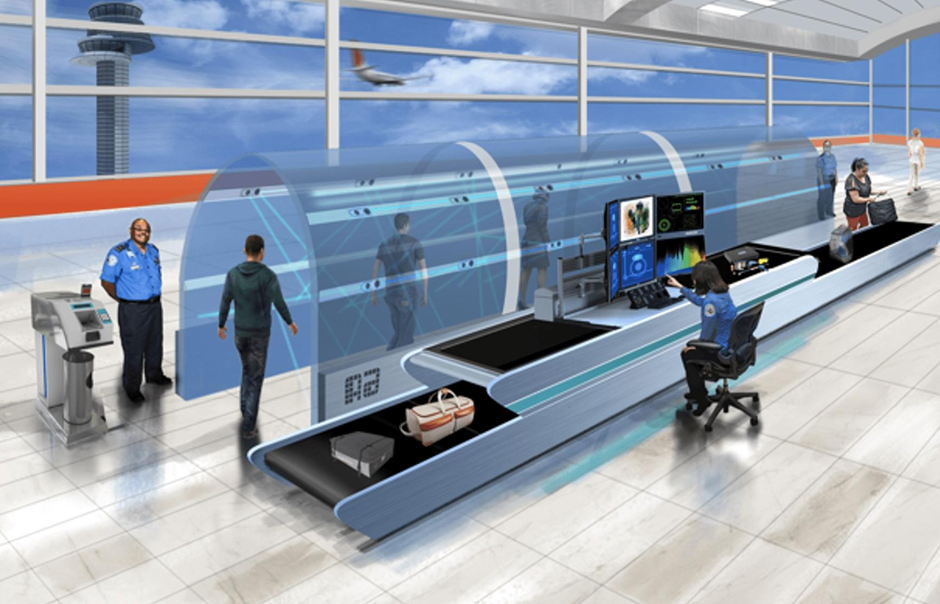
Introduction
Aviation security screening serves as the first line of defense against unlawful interference in civil aviation. As global threats evolve, airports must continually upgrade their technologies to detect potential risks without hindering passenger flow. In East Africa, the adoption of advanced screening technology remains uneven, influenced by factors such as funding, regulatory enforcement, and geopolitical challenges. This article explores the extent to which East African countries have adopted modern screening technologies, identifies existing gaps, and examines strategies for future improvement.

The Role of Screening Technology in Aviation Security
Screening technology is crucial for detecting weapons, explosives, and prohibited items in passengers’ carry-on luggage, checked baggage, and on their persons. Key systems include walk-through metal detectors (WTMD), X-ray machines, explosive trace detection (ETD), body scanners, and automated baggage screening tools integrated with AI and machine learning algorithms.
These technologies form part of a layered security framework endorsed by the International Civil Aviation Organization (ICAO), aiming to prevent terrorism and other illicit activities within the aviation system. In East Africa, the challenge lies not only in acquiring these systems but in deploying them efficiently and maintaining them effectively.
Current State of Screening Technology in the Region
Kenya
Kenya has made notable progress in aviation security, particularly at Jomo Kenyatta International Airport (JKIA) in Nairobi and Moi International Airport in Mombasa. The Kenya Airports Authority has invested in 3D baggage scanners, full-body scanners, and automated boarding pass readers. The airports have also integrated CCTV surveillance with AI-backed behavior analysis software in certain zones.
However, secondary airports in Kisumu and Eldoret still rely on older systems with limited detection capacity. Maintenance cycles and staff training remain concerns, especially where older technology is still in operation.
Ethiopia
Ethiopian Airlines’ hub at Addis Ababa Bole International Airport is one of the most advanced in the region. The airport has adopted multi-view X-ray systems, biometric boarding gates, and walk-through scanners enhanced by explosive trace detection. Security personnel are trained in using advanced imaging technologies, and the system is integrated with real-time threat intelligence tools.
Nonetheless, some domestic terminals still lag in adopting updated screening equipment, raising the risk of inconsistent passenger vetting.
Uganda and Rwanda
Kampala’s Entebbe International Airport has installed updated WTMDs and dual-view baggage scanners, especially in response to ICAO’s Universal Security Audit Programme recommendations. Yet, staffing shortages and limited funds have delayed the acquisition of more advanced body scanners and automated screening systems.
Rwanda has invested in modern screening tools at Kigali International Airport, including full-body scanners and centralized baggage screening. The Rwandan government has also partnered with international security firms to enhance personnel training and implement biometric identification systems. Still, the screening capacity at smaller domestic terminals remains modest.
Other Countries
In Tanzania, the Julius Nyerere International Airport has adopted newer screening systems, though delays in maintenance and software upgrades have been reported. Burundi and South Sudan face more pronounced challenges. Their primary airports often operate with outdated screening systems, sometimes lacking advanced imaging technology or redundant power backups. Somalia’s Aden Adde International Airport has received international support to deploy modern scanners and CCTV systems, yet security remains heavily dependent on military presence due to the elevated threat environment.
Challenges in Technology Adoption
- Financial Constraints
Modern screening equipment is expensive—not just in acquisition but in maintenance, training, and compliance auditing. Many East African countries, especially post-conflict nations like South Sudan and Somalia, face budgetary limitations that prevent regular system upgrades or expansion to secondary airports.
- Human Resource Capacity
Effective operation of screening technology depends on skilled personnel. In many instances, staff are not sufficiently trained to interpret body scanner or X-ray images accurately, leading to high false-alarm rates or overlooked threats. Continued professional development is also hindered by turnover, low wages, and the absence of certified regional training centers.
- Policy and Regulatory Inconsistencies
While ICAO and IATA provide global guidelines for aviation security, implementation across East African countries varies. National civil aviation authorities may not have the technical capacity or authority to enforce compliance uniformly. This leads to inconsistencies in security levels between international and regional airports.
- Infrastructure Limitations
Power outages, lack of redundancy, poor network integration, and weak cybersecurity measures limit the functionality of many installed systems. Some airports struggle with integrating biometric data, facial recognition tools, or real-time threat sharing across agencies due to fragmented IT infrastructure.
Opportunities for Improvement
- Regional Cooperation
Organizations like the East African Community (EAC) and the African Civil Aviation Commission (AFCAC) can facilitate joint procurement, training, and standard-setting. Shared maintenance hubs and collaborative use of mobile screening units at smaller airstrips could help bridge capability gaps.
- International Partnerships
Support from ICAO, the U.S. TSA, the EU, and private defense contractors has helped countries like Rwanda and Somalia enhance their screening capacity. Expanding such partnerships across the region, with clear accountability frameworks, can accelerate the adoption of modern screening technologies.
- Investing in Smart Technologies
AI-powered screening solutions that detect suspicious behavior, automated risk scoring systems, and integration of passenger screening with immigration and customs databases offer cost-effective enhancements. While the initial investment is high, the long-term benefit in threat reduction and operational efficiency is significant.
Conclusion
East African countries are making steady progress in improving aviation security screening technologies, especially at their primary international airports. However, the disparity between major and secondary airports, the shortage of trained personnel, and infrastructure limitations continue to pose risks. By embracing regional collaboration, investing in training, and leveraging international support, East Africa can close the gap and enhance its overall aviation security architecture. Modern, integrated screening systems are not just a security imperative—they are essential to restoring passenger confidence and supporting aviation growth in the region.


